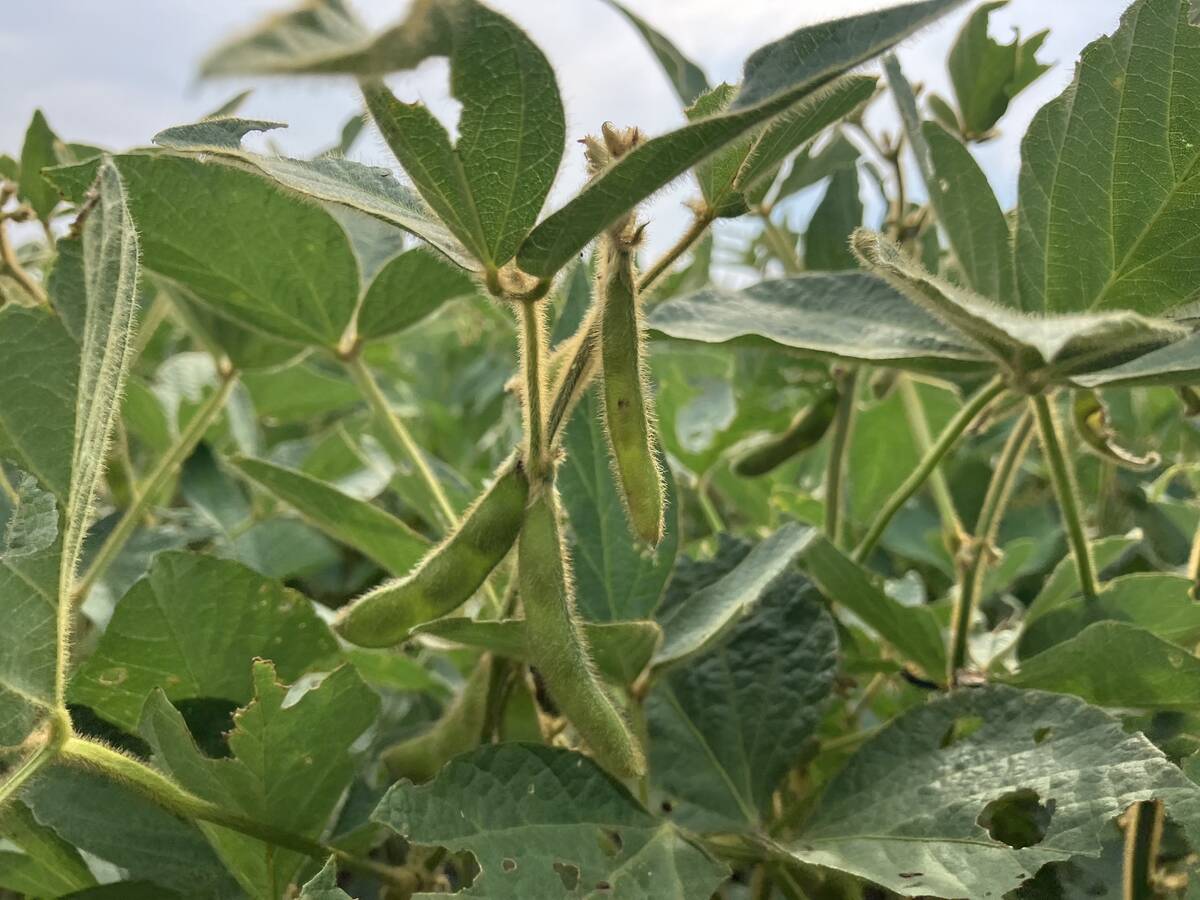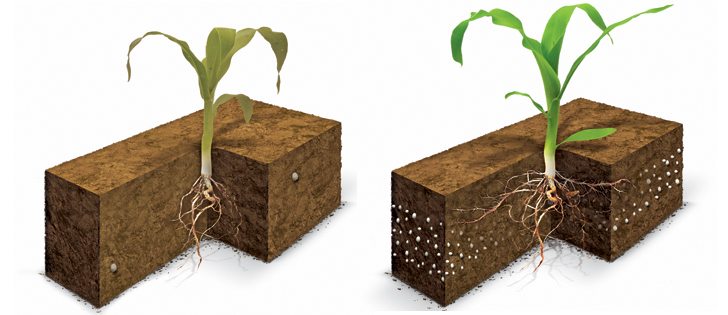Advancements in micronutrient coatings on fertilizer prills provide more effective distribution in the field
Since the 1970s, growers wanting to apply micronutrients have relied on large granules mixed in with their nitrogen, phosphorus and potassium fertilizer.
The problem has been that this can result in a 150:1 ratio of fertilizer prills to micronutrient prills.
The large granules are far apart from each other, which inhibits a uniform spread of micronutrients across the field.
The low density means plants might not find those minor nutrients in the first season.
Meanwhile, billions of fertilizer prills are evenly spread in front of the plants, benefitting the entire crop, while only some plants receive the benefit of the micronutrient, provided the soil is deficient in those elements.
Read Also

Proposed dicamba restrictions please expert
Pest Management Regulatory Agency proposes banning “over-the-top” spraying of dicama on soybeans.
The solution is to attach a concentrated form of the micronutrient to all fertilizer prills so every plant accessing a fertilizer particle would access the micronutrient at the same time.
Mark Goodwin, vice-president of agronomy and product development for Wolf Trax, said his company has done this by applying its dry dispersible powder coating, which contains micronutrients, onto granular fertilizers.
Coating granules is not new. Wolf Trax of Winnipeg specializes in making nutrient coatings stick to fertilizer prills and seeds. Its DDP is designed for granular fertilizer, Nu Trax is for prills and seeds and Protinus is for seeds.
However, what is new is coating a granule and not having the coating flake off or turn the blend to goop because of the liquids required to make the process work.
Wolf Trax uses a proprietary chemical formulation that creates an electrostatic bond between the coating and the target. The same basic technology is used for granular fertilizer and seeds. This bond keeps the coating firmly attached as the granule or seed is forced up augers or conveyors and dropped into bins.
Wolf Trax is confident that the micronutrient remains bonded to the granule and believes its DDP can replace conventional micronutrient products.
“That’s because we use N, P and K as a carrier for your micronutrient. Instead of scattering a small number of big micronutrient chunks haphazardly across your field, DDP ensures that your micronutrient ends up in every spot you place an NPK prill,” Goodwin said.
“The conventional means of applying a micronutrient doesn’t even begin to give you uniform blanket coverage across the whole field. They’re applied as large granules in such small doses, so there’s a dot here, a dot there and then another dot way over there. But your NPK prills blanket the whole field. If your micronutrient is firmly attached to those prills, every plant that feeds off NPK automatically feeds off the micronutrient at the same time.”
Wolf Trax analyzed two sample soil profile cutaways to demonstrate the difference between conventional micronutrient distribution and distribution with DDP. Each cutaway was 15 inches long, five inches deep and three inches wide.
The first sample received an application of granular 35 percent zinc at five pounds per acre. This 225 cubic inch block of soil contained two granules of the micronutrient.
The second sample received an application of 34-17-0 at 150 lb. per acre. This 225 cubic inch block of soil contained 153 granules, all of which were coated with DDP zinc.
The zinc coating was equal to the amount of zinc in the recommended two granules found in the first sample.
For more information, contact Goodwin at 204-237-9653 or visit www.wolftrax.com.
















